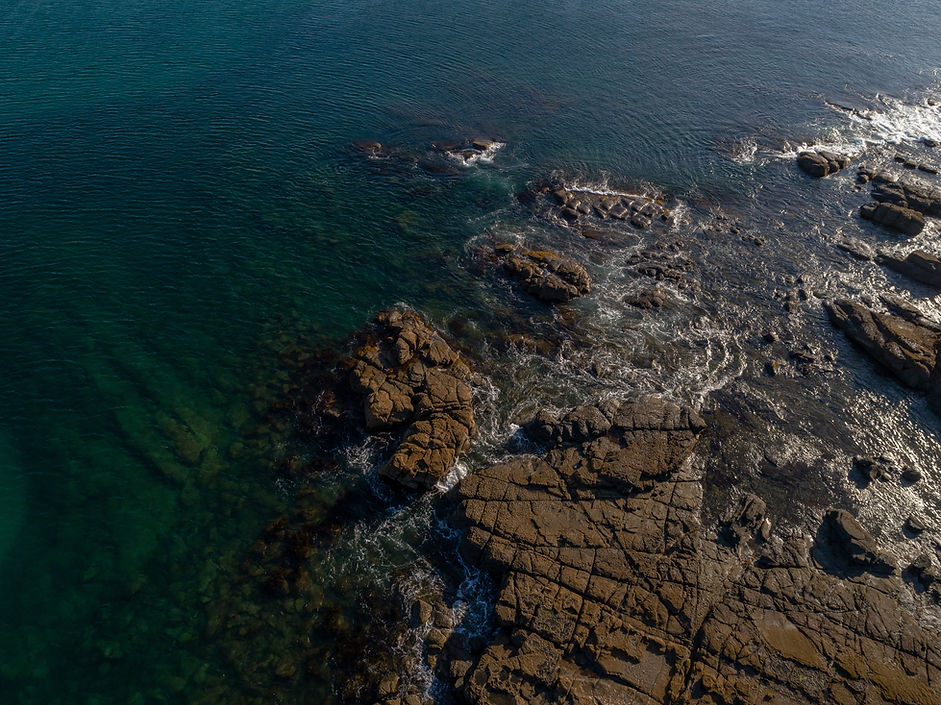Manawātia a Matariki: Restoring mussel beds in the Mahurangi
- Ngāti Manuhiri Settlement Trust

- Jun 23, 2022
- 2 min read
PĀNUI PĀPĀHO | MEDIA RELEASE
23 Pipiri 2022 | 23 June 2022
Ngāti Manuhiri and dedicated conservationists celebrate Matariki tomorrow, by restoring the mauri of Te Moananui a Toi, Hauraki Gulf through re-establishing mussel beds in the Mahurangi.
“Looking after Tangaroa’s children” is part of a wider concept that embraces protection and restoration. Tomorrow’s kūtai drop is the largest shellfish bed restoration in the country.
It’s part of an ambitious environmental restoration project led by Mana Whenua, Ngāti Manuhiri, to help revive the ancient mussel reefs which used to populate the Gulf.
“Kūtai reefs were extensive across Te Moananui ā Toi, until they were dredged into near extinction,” says Nicola MacDonald, Co-chair of the Hauraki Gulf Forum and CE of the Ngāti Manuhiri Settlement Trust.
“Without kūtai the moana is a shadow of its former self.”
Scientists refer to kūtai as “ecosystem engineers”. Reefs, with all their nooks and crannies, provide a home for invertebrates and a nursery habitat for juvenile fish. They provide a food source for crustaceans and larger species like tāmure/snapper. They also stabilise the seafloor, reducing wave energy and reducing suspended sediment.
As filter feeders, kūtai are incredible water filters, removing suspended sediment and heavy metals from the water column. A single kūtai can filter an entire bathtub of seawater in a day.
Commercial dredge fishing last century is thought to have removed over 600 square km of kūtai which were all sold and eaten.
Together with the Revive Our Gulf project, Ngāti Manuhiri Settlement Trust plans to lay down 150 tonnes of kūtai across two sites south of Te Kawau Tūmaro o Toi.
The Revive Our Gulf project, a collaboration between The Nature Conservancy NZ, University of Auckland Institute of Marine Science, and the Mussel Reef Restoration Trust, plan a network of restoration sites across the Gulf to support the research on how to achieve mussel reef regeneration ‘at scale’.
“This will be the start of our largest series of kūtai drops to date” says Peter van Kampen from The Nature Conservancy NZ / Revive Our Gulf. “Working with our treaty partners is a priority for us. “We’ve worked alongside Ngāti Manuhiri Settlement Trust on the kūtai restoration kaupapa since 2016, this taakoha to Tangaroa symbolises our commitment to improving the taiao.”
Ngāti Manuhiri were instrumental in helping to establish Aotearoa New Zealand’s first ever Marine Reserve at Te Hāwera-ā-Maki (Goat Island) in 1975. Current projects include waterways plantings to reduce sedimentation and a Sustainable Seas National Science Challenge project, Kohunga Kūtai, that aims to find natural products that can replace plastics used in aquaculture.
“This is the perfect way to observe Matariki”, says Nicola MacDonald, “out on the moana with whānau, celebrating the kaupapa, and looking forward to a future where we can revitalise that former abundance.”





Comments